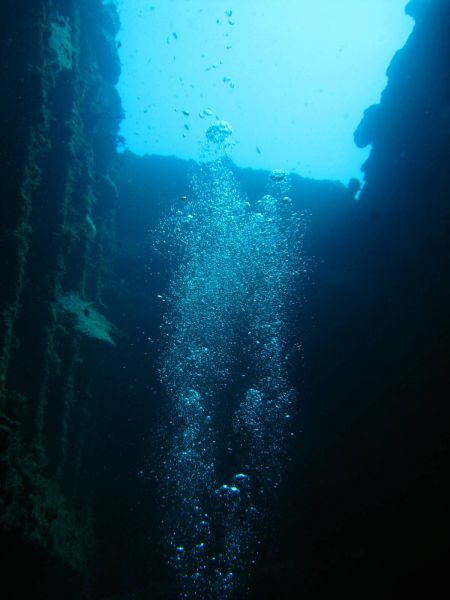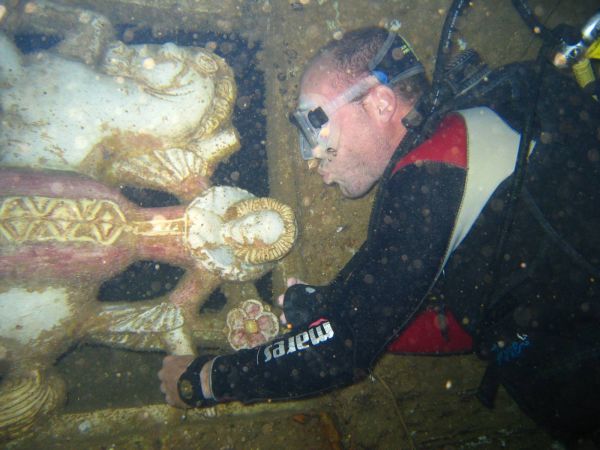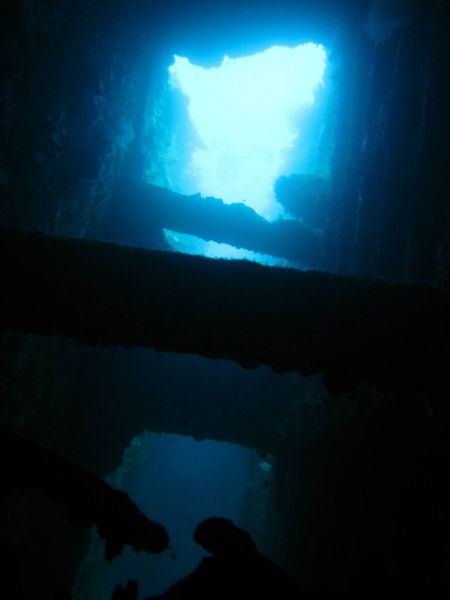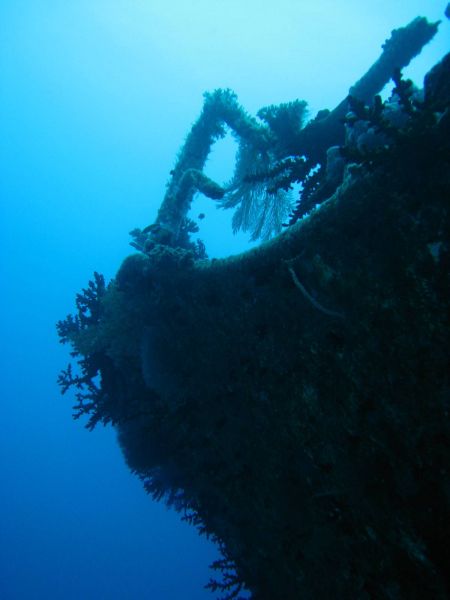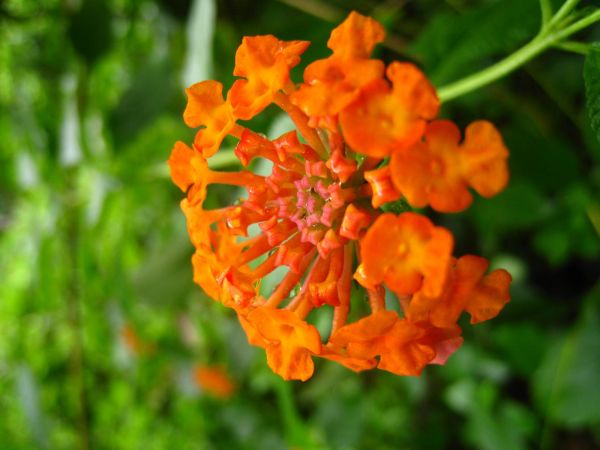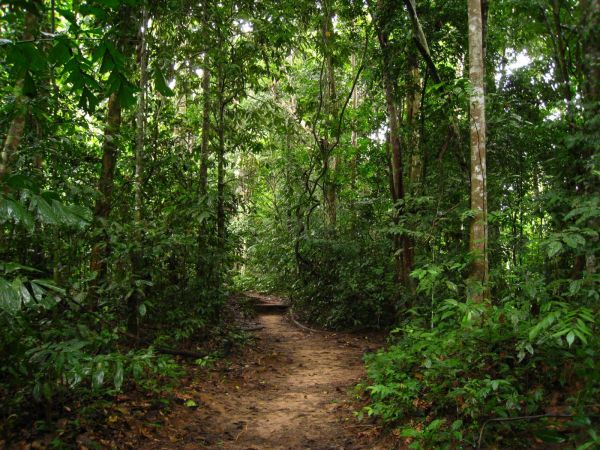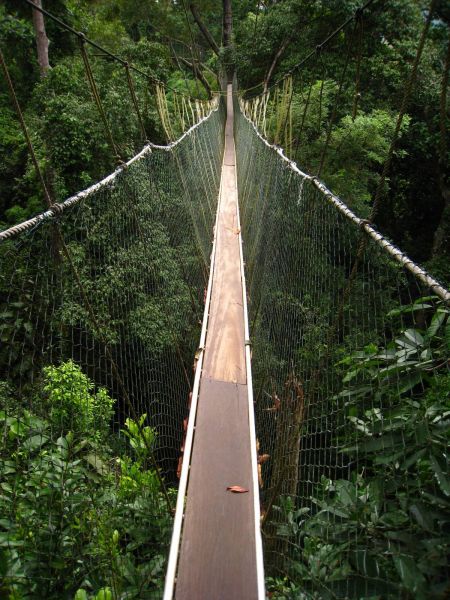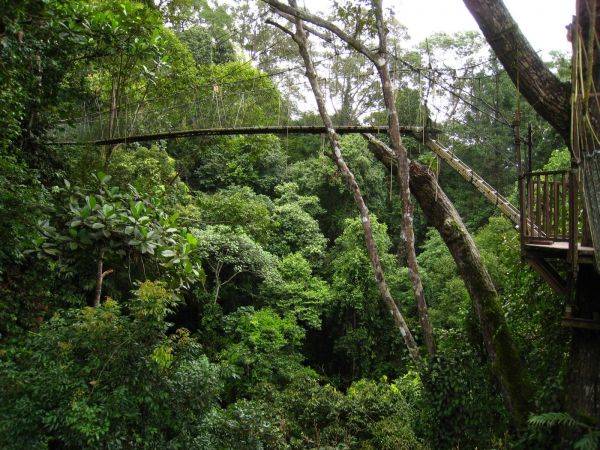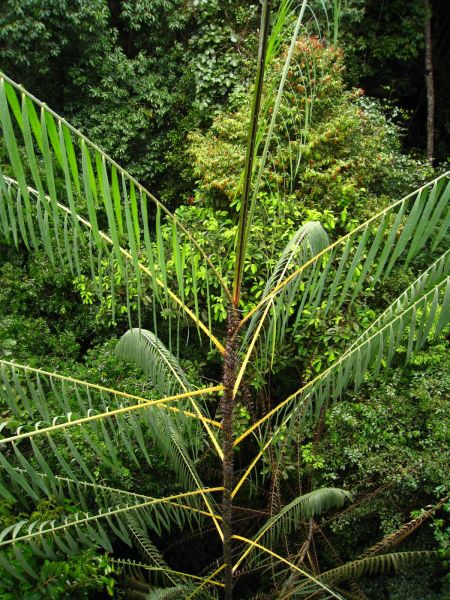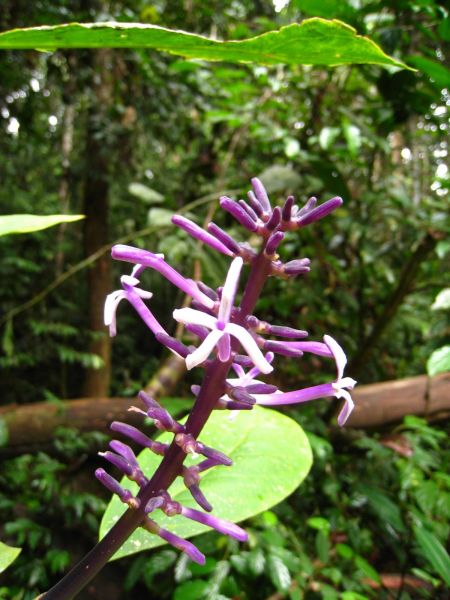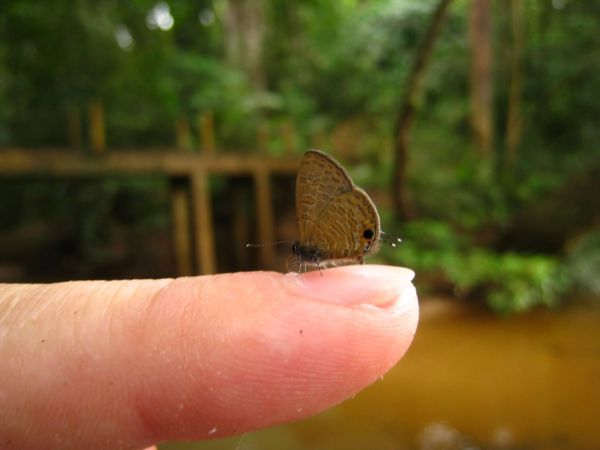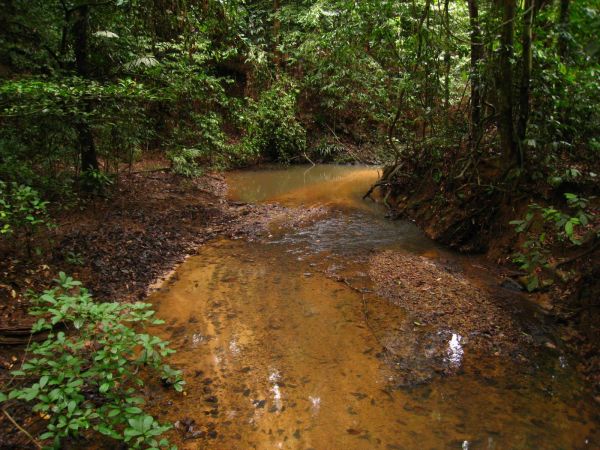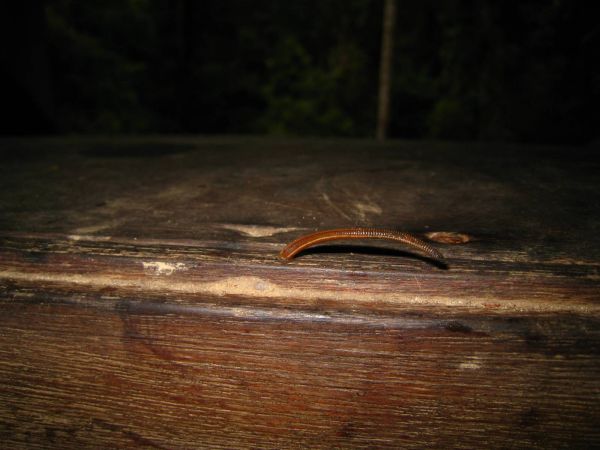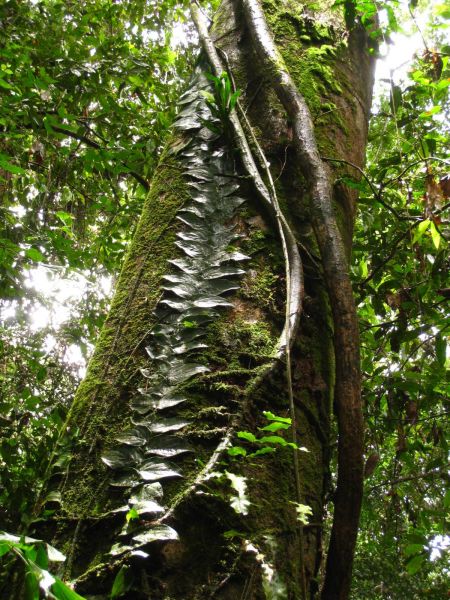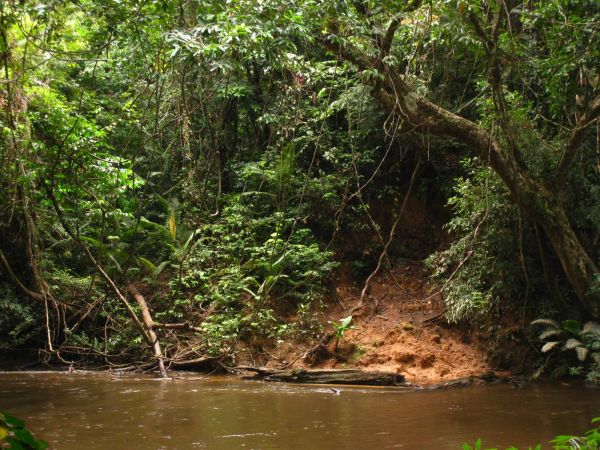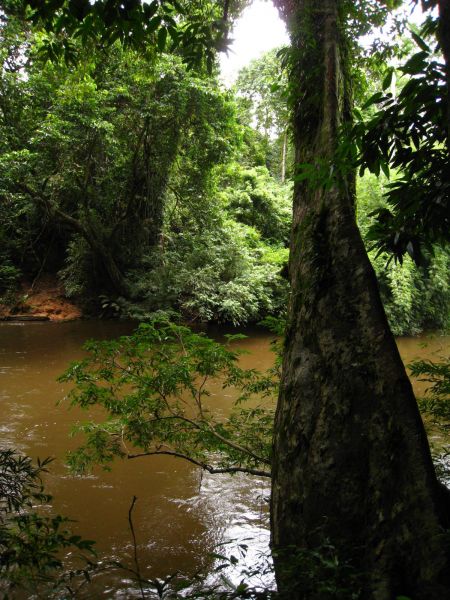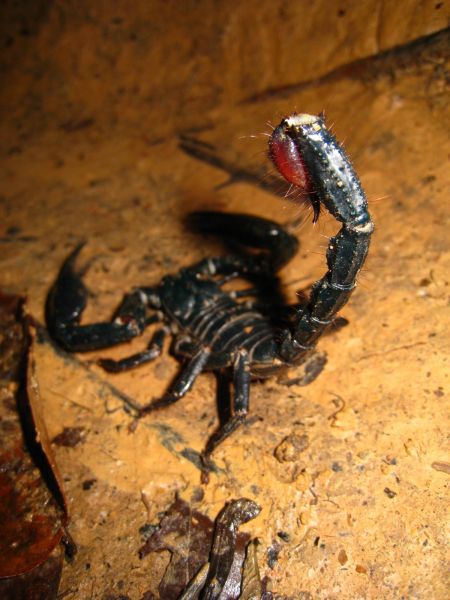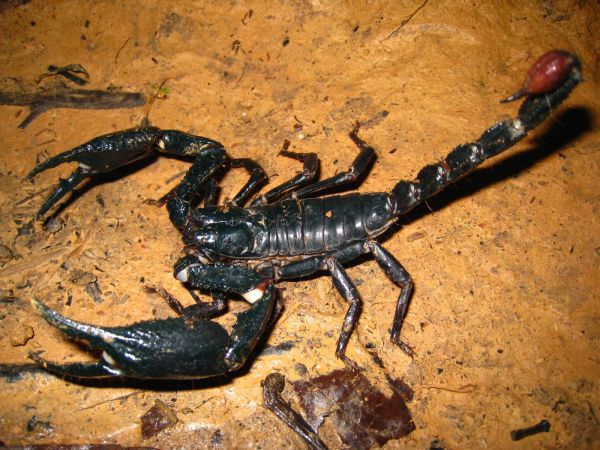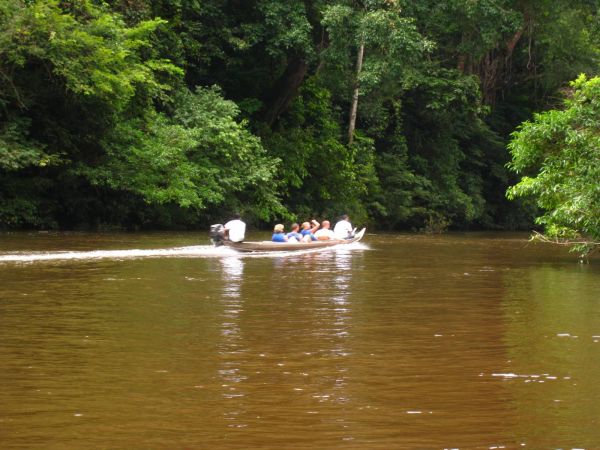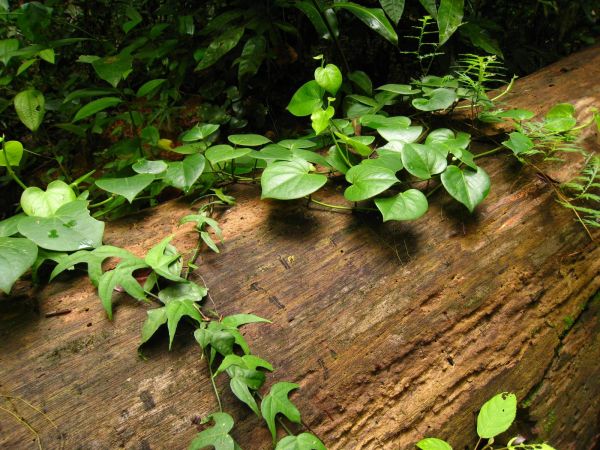As soon as I set foot at Port Vila in Vanuatu, I fly off to another island, Espiritu Santo. On the spot, the main attraction is called SS President Coolidge, the biggest diveable wreck in the world. Extraordinary dimensions combined with the mind-blowing effects of the narcosis are the ingredients of the submarine cocktail I injected myself for one week. Except the hardline enthusiasts of the coral reef, the Coolidge wreck fills any divers avid for subaquatic exploration with joy. History has it that the SS Coolidge was a luxury liner such as the Normandie or the Queen Mary and sailed in the Pacific ocean linking San Francisco, its port of registry, with Philippines, Japan and Hawaii. When the Japanese attacked Pearl Harbour, the ship was requisitioned to be changed into a troop carrier. During a mission, while it had to transport a 5000-people regiment, it hit a mine and sank close to the shore of the Espiritu Santo islands in the New Hebrides (former name of Vanuatu).
Several decades later, at the era when diving was done without computer, depth gauge and torchlight, Allan Power explored the wreck and never left it. Better than anybody, he knows this ship. Every corner, every china plate of the kitchen or every remnant of the vehicles shattered in the cargo hold. At the end of a dive, he will tell us some anecdotes about “his” boat; How he discovered the Lady, the salvage of the propellers blades in order to be sold to Japan, the different weapons we can or could find on board.
From the stern which is lying on the sandy bottom to the bow which points at the beach, the former ship stretches on its port side. My different explorations take me to the maze of its bowels. Sometimes lost in the complete darkness and sometimes swimming in three dimensions between the beams of the upper deck. Each dive is a delight with the same ritual, departure from the beach, we follow the rope up to the bow of the wreck. We choose a gap and the guided visit begins. One day we flipper-kick to the Lady, a porcelain icon who is sitting on her white horse, and another one we linger on the promenade deck where shafts of azure light pierce from all the holes and portholes. Huge corridor on a deck and precious details of the passengers everyday life on another one, the Coolidge is packed with secrets.
Another time, sliding into the big blue down to 50m, narcosis-addicted, we even kick further deep to observe the 3-inch and 5-inch guns before going on with the sternpost of the boat, its 2 shafts, one rudder, the semicircular “President Coolidge” writing on the stern. Then we swim along the side. A part of it is smashed up, it's at this place the mine exploded against the ship and caused its loss. A few meters away, in the heart of the liner, porcelain washbasins, crockery, soldier helmets, gas masks, a typewriter display as evidences of a suddenly-stopped past life. The passageways unveil the excessive proportions of the ship and slight cracks let some rays of light go through which show us the way and delimit a bluish watercolour among the world of silence. Within the darkest corners, glow-in-the-dark fish blink. We go through tiny gaps to move to another deck and marvel again in front of this iron-clad cathedral built in the superstructures of the liner.
Another time again, we get to the Saloon where coca-cola glass bottles have pride of place beside the soda fountain. A few kicks away, the writing indicates « Doctor ». On his desk, test tube, phial containing some surgical thread and glass syringe are lying about.
Each new dive is unique, intoxicating, mystical and teach us how to lose our way inside this gigantic wreck. Impossible to remember the way covered, the only sensation of wandering about into the labyrinth of its compartments is enough to delight us. After 10 dives, the urge to get lost into the meanders of its superstructures is still itching.










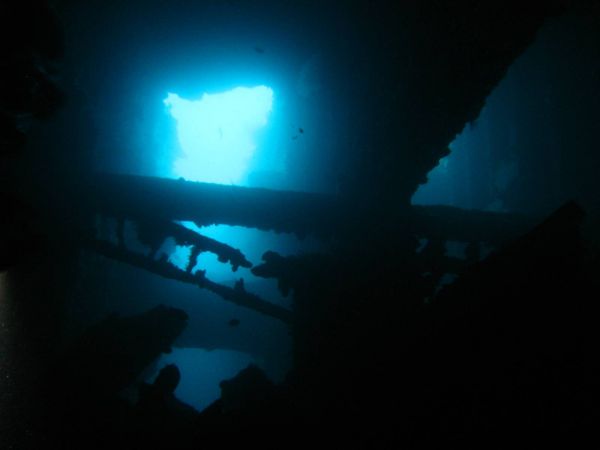
And to kill the time of the long over-half-an-hour decompression stops, Allan Power has built an underwater garden made with corals, anemones and its surrounding fauna. Everyday, he dives to devote himself to this singular passion by moving or dusting the corals. To us, the time seems to run faster in front of these clown-fish and porcelain crabs, patiently waiting for eliminating our excess of nitrogen and for getting over our emotions lived in the passageways of the Coolidge.










